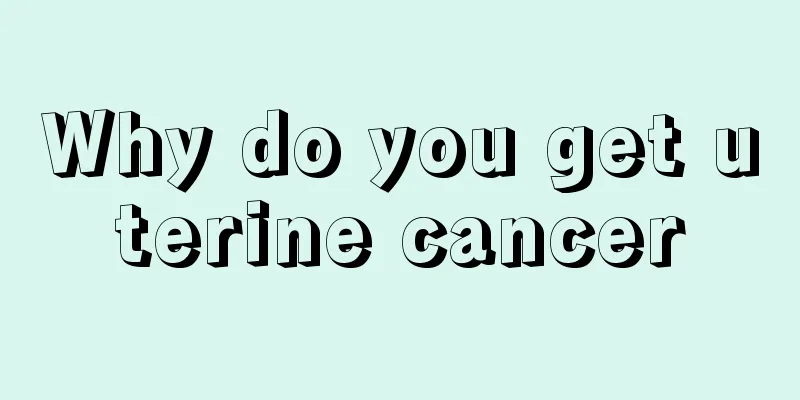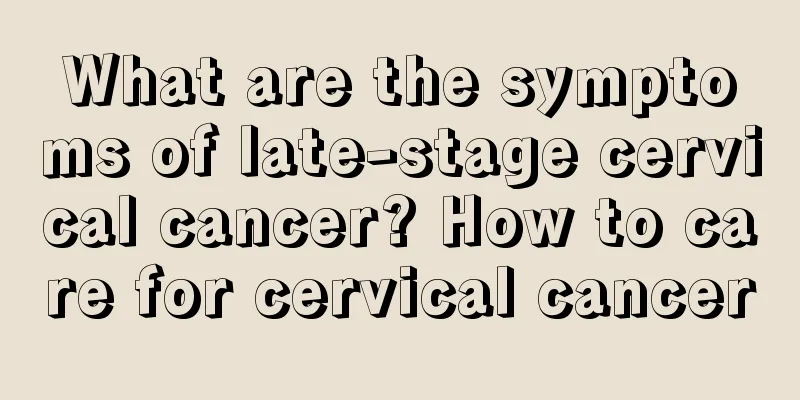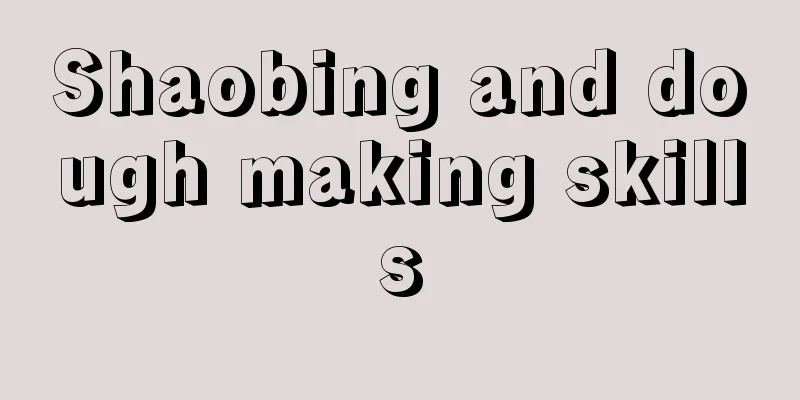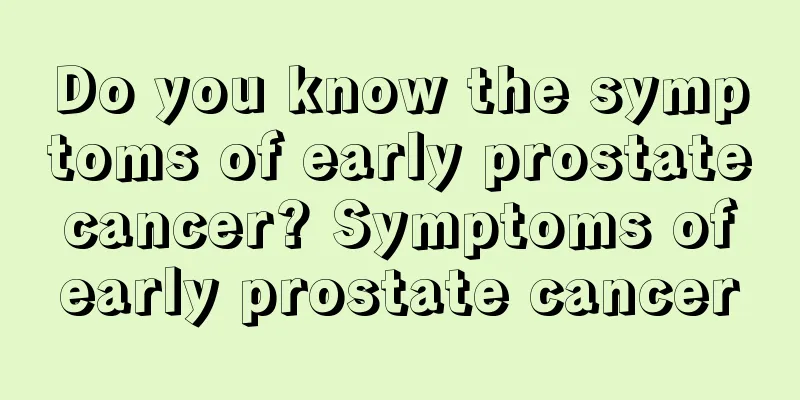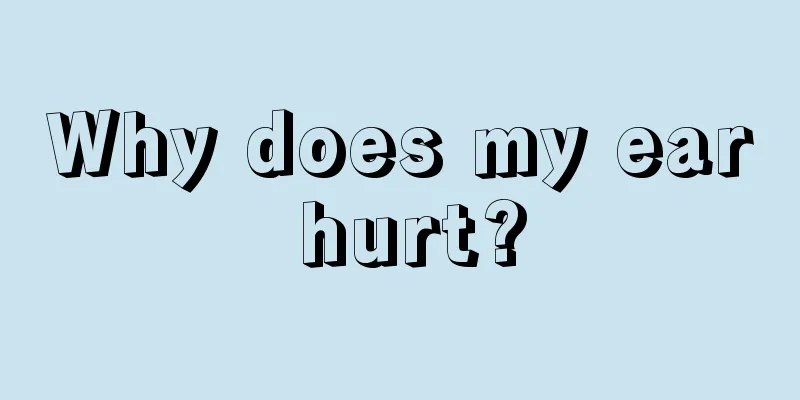Cutaneous nerve damage
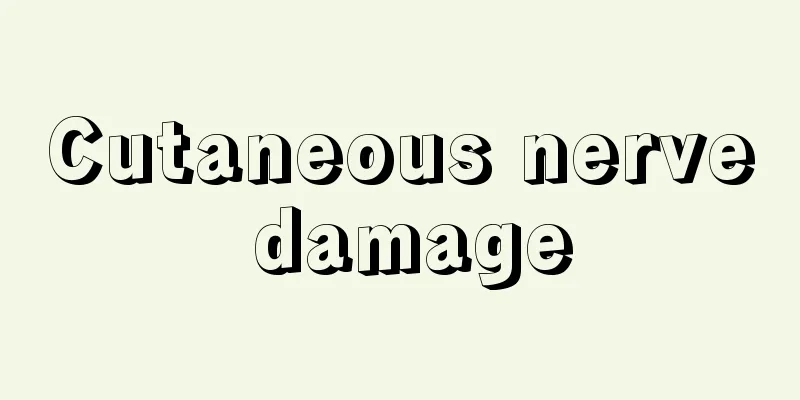
|
The cutaneous nerve refers to the superior gluteal cutaneous nerve, which is actually unfamiliar to most people in life. But this nerve controls our daily lives. If the cutaneous nerve is damaged, our daily standing and walking may be affected to a certain extent and we will not be able to work normally. So under what circumstances will the cutaneous nerve be damaged? How to deal with different influencing factors? 1. Etiology and pathology Dissection has confirmed that the superior gluteal nerve has no groove structure. When the back cutaneous muscles are tense for a long time, part of the nerve or fiber bundle running above the iliac crest is easily worn out, resulting in edema and congestion. The nerve becomes thicker, and the surrounding soft tissue develops aseptic inflammation, congestion and swelling, causing pain. This is a pathological change of superior gluteal nerve injury. Clinical symptoms The main symptoms of superior gluteal cutaneous nerve injury are pain in the affected side of the waist and buttocks, which is tingling, aching, and tearing pain. There may be referred pain above the knee on the back of the thigh, but not above the knee. In the acute phase, the pain is more severe, bending is limited, and sitting up is difficult. When changing from a sitting position to a standing position, the patient needs to hold on to others or objects. The patient often complains that the pain is deep, the area is vague, and there is no obvious distribution boundary. During the examination, a "cord-like" hard object can be felt 2 to 3 cm inside the highest point of the iliac crest, with obvious tenderness and a feeling of numbness and swelling. The straight-leg raising test was positive, but no radicular symptoms were present. 2. Treatment Methods Superior gluteal cutaneous nerve injury is mainly treated conservatively. In the acute phase, pain point blocking or local manipulation can be used for treatment, with rapid results. Local blockade is performed with 4 ml of 2% procaine enhanced with 12.5 mg of solone, 1 to 2 times a week, 3 to 4 times as a course of treatment, with good analgesic effect. Manual therapy is based on the surface projection points or tender points of the superior gluteal cutaneous nerve. The patient is asked to sit upright on a chair, with his hands on his knees and his legs shoulder-width apart. The doctor sits behind the patient and uses the thumb to feel for a rolling or upright cord-like object, which is the superior gluteal cutaneous nerve. Then he finds the groove of the original position, pulls up the superior gluteal cutaneous nerve with one hand and presses it back to its original position with the other hand. Then he presses it in the same direction several times. The patient's pain will be relieved immediately. For patients with severe pain, blockade and manual therapy can be combined, with blockade treatment given first and then manual therapy. After treatment, patients should be advised not to do strenuous rotational activities of the waist within 3 to 5 days. Superior gluteal cutaneous nerve injury can usually be relieved through conservative treatment, but if the pain is persistent and does not heal for a long time, surgical treatment can be used to remove a section of the iliac crest of the superior gluteal cutaneous nerve, which can achieve recovery. |
<<: How to determine facial nerve damage
>>: Is Yangxiuqiu flower poisonous
Recommend
Cordyceps Kidney Gold
Men are the backbone of a family. Although women ...
Bladder cancer staging standards
Bladder cancer adopts TNM staging, T1 tumor, that...
Castration therapy for prostate cancer
Castration therapy for prostate cancer 1. For pro...
Who are the “quasi” diabetic patients?
With the development of society, people have beco...
Prenatal preparation list_Prenatal essential list
Before preparing to have a baby, you must plan ah...
What are the symptoms of mid- to late-stage nasopharyngeal carcinoma and how long can one live?
What are the symptoms of mid- to late-stage nasop...
What to do if you have premature graying of hair
Nowadays, the word "white hair" is no l...
The advantages and disadvantages of eating jackfruit
Jackfruit is a fruit with relatively high nutriti...
How big is the genetic factor in bone cancer
Bone cancer is the most painful cancer for patien...
The efficacy of yew fruit wine soaking
There are many types of liquor in my country. The...
What is the reason for Yingtang's redness
We often hear a phrase on TV or in movies, which ...
What foods are incompatible with peppers
Although chili peppers contain the dreaded capsai...
Can people with high cholesterol eat abalone?
We know that fish is particularly good for our bo...
What happens if you eat leaky food
In life, we often encounter some troubles, especi...
How to treat symptoms of hives
Most patients will recover on their own when they...
